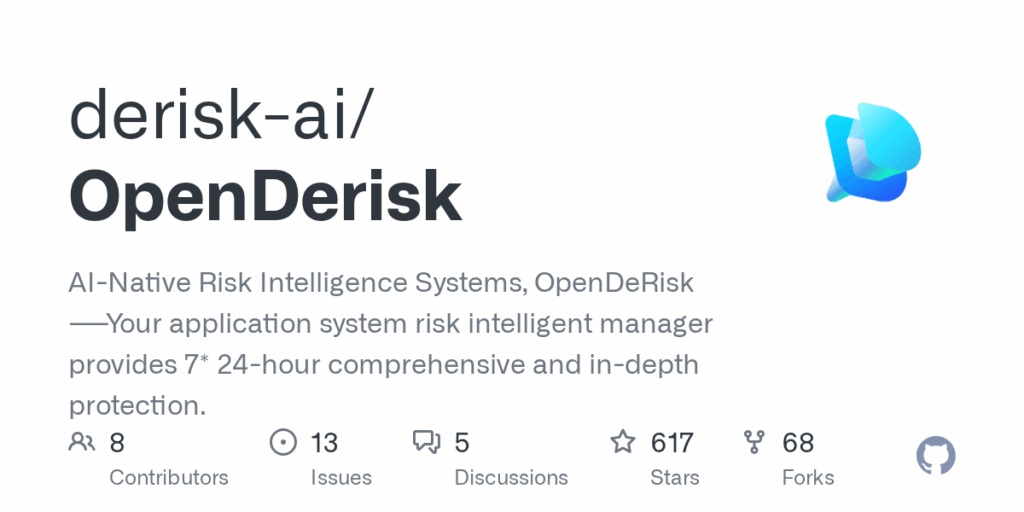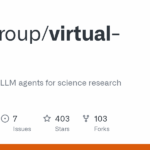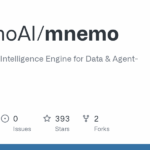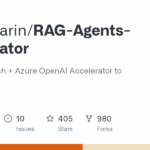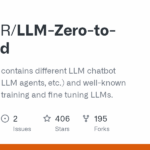OpenDerisk
Basic Information
OpenDeRisk is an open-source AI-native risk intelligence system designed to perform continuous, in-depth diagnosis and management of application and infrastructure risks. The repository provides a multi-agent architecture that coordinates specialized digital employees such as SRE-Agent, Code-Agent, ReportAgent, Vis-Agent, and Data-Agent to analyze logs, traces, and code and to perform root cause analysis. It is intended to be run locally or in development environments using the provided startup flow: sync packages with the uv tool, configure an API key and a local copy of the OpenRCA dataset (around 20–26GB), and run the Python server to access a browser-based UI. The project emphasizes an open architecture so components and frameworks can be reused or extended in other open-source projects. Roadmap items show incremental goals toward MCP services, production integration, and end-to-end agentic evaluation.

